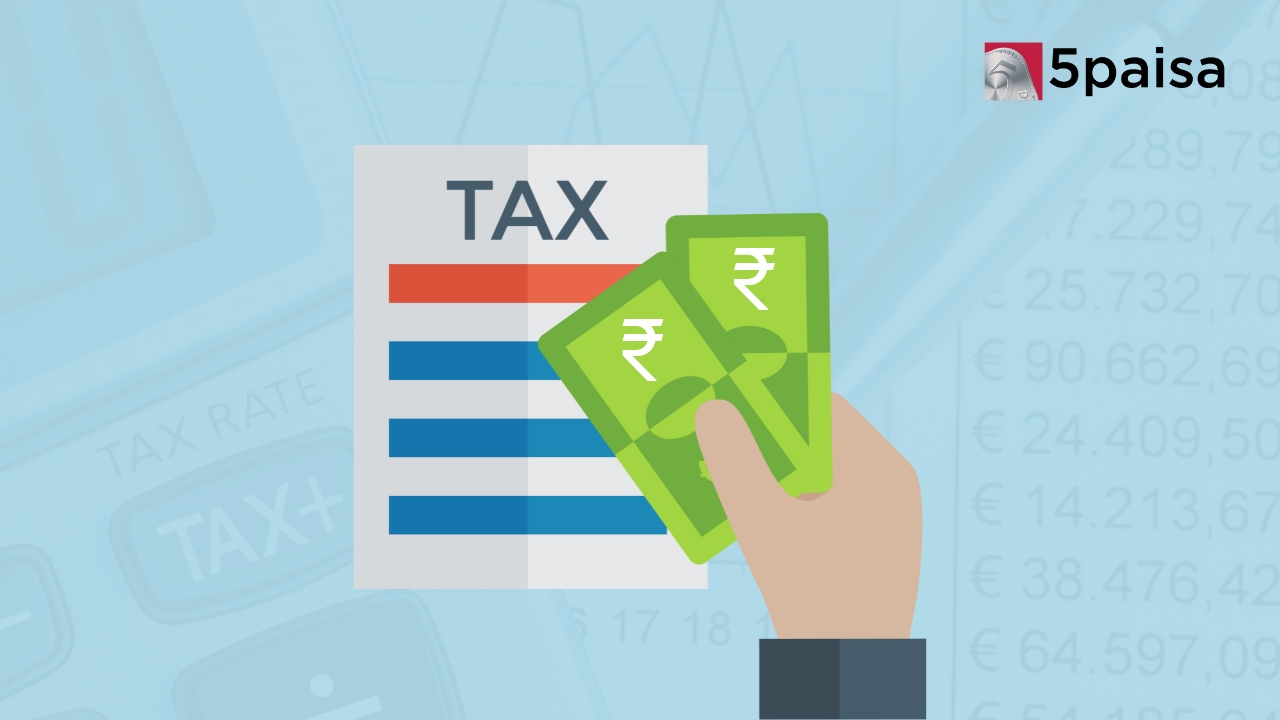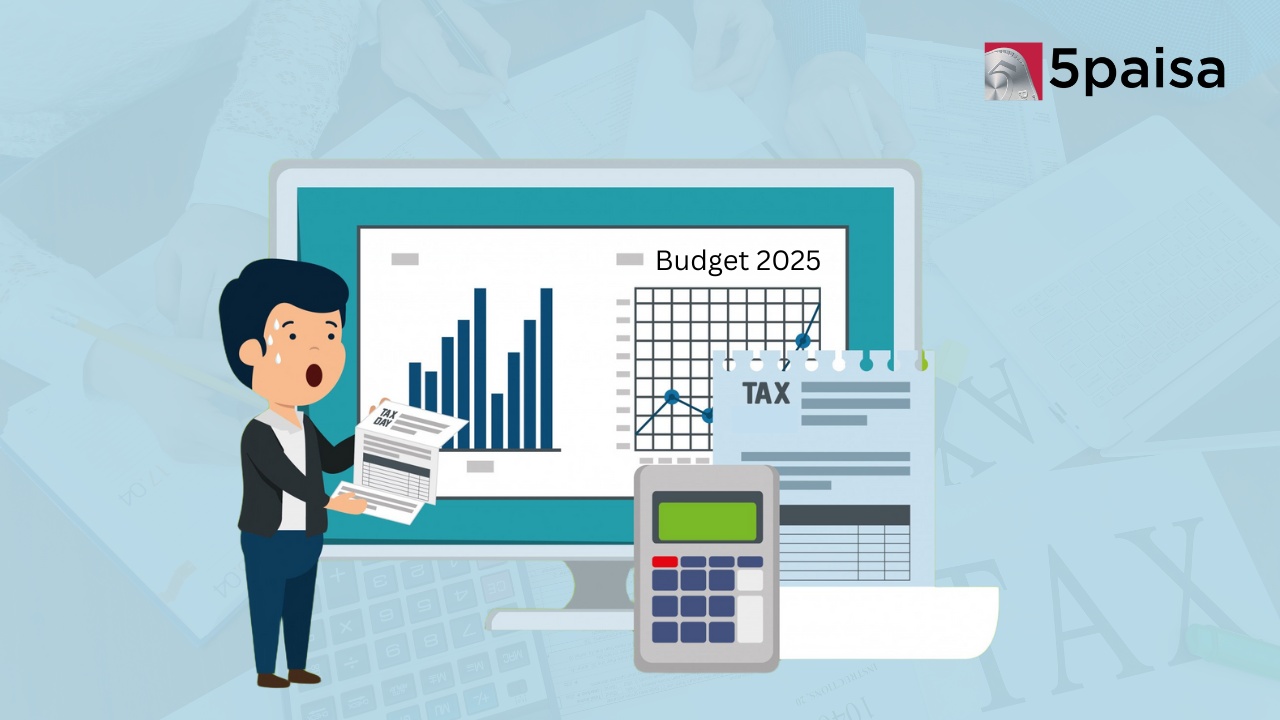Nirmala Sitharaman to Present Economic Survey 2025 Today
A Beginner’s Guide to the Union Budget

Many years ago, the great satirist George Bernard Shaw called the budget, “an attempt to equate your earning capacity with your yearning capacity”. A lot has changed in the world around us, but the essential definition and concept of budgets and budgeting remains the same. Even in the case of the Union Budget, the idea remains the same. So what is union budget and what is the Union Budget meaning? This will be a kind of introduction to Union Budget and an explanation of the many esoteric terms used.
We shall look at what is annual budget some of the popular terms like revenue, capital, expenditure, fiscal deficit etc. Apart from providing you with the Union Budget definition, this beginners guide also provides you with a sort of Union Budget guide or you can almost call it a very rudimentary union budget beginners guide to run you through the complete budget document and interpret the components.
What is meant by Revenue Receipts
This is where the entire Union Budgeting exercise begins. You always start with your projected revenues from all sources. Now Revenue receipts are those flows that come from routine business flows and in the case of the government the largest business revenue flows is from taxation. Under revenue receipts, more than 87% comes Tax revenues. Now, tax revenues comprises of direct taxes like personal income tax, corporate taxes and securities transaction tax (STT). The indirect taxes (which are passed on) include principally GST (goods and services tax), excise duties on crude petrol, diesel and alcohol as well as customs duties. In India, income tax and corporate taxes account for 30% of revenue receipts while GST accounts for 16% or revenue receipts. Direct tax receipts and indirect tax receipts are presented net of refunds and appropriation to states and UTs. A small portion of revenues also comes from non-tax receipts, which include income from interest on international deposits, interest on global bonds, dividends, fees etc.
What is meant by capital receipts?
Capital receipts are the inflows that are not revenue in nature. Typically capital receipts include recovery of loans and other receipts that are capital in nature. When revenue receipts and capital receipts are added, you get total receipts. In India, the total receipts have always been insufficient to meet the total expenditure. That gap is met by borrowings, which is why you find that the budget is balanced. The borrowing to fill the gap is approximately the fiscal deficit, which we will look at in detail later.
What is Revenue Expenditure?
Revenue expenditure is what the government needs to incur on a routine basis to keep the government functioning. These include routine payments like interest on loans, salaries to government staff, pensions to retired government staff, administrative expenses, subsidies for food, oil and fertilizers as well as allocations to various schemes. Out of the total spending, interest payments take away 20% of the total spending pie while central schemes take away 24%. In India, revenue expenditure increased from Rs30.84 trillion in FY21 to Rs31.67 trillion in FY22 and further to Rs31.95 trillion in FY23 budget estimates.
What is capital expenditure?
It is the other side of revenue spending and largely refers to investments for capital formation. These cover the capital outlay aspects of central government schemes, capex on defence and the capex portion of other centrally sponsored schemes. In India, capital expenditure increased from Rs6.57 trillion in FY21 to Rs8.40 trillion in FY22 and further to Rs10.68 trillion in FY23 budget estimates. The good sign is that the capital expenditure has been growing much faster than revenue spending as the government has prioritized capital spending post the COVID pandemic.
What is revenue deficit?
This is called borrowing for your morning breakfast. Revenue deficit is the excess of the spending on the revenue account over the total revenue receipts. India has been running a revenue deficit which means the regular revenues are not enough to meet the revenue spending, so some of it has to come from borrowings. In India, revenue deficit as a share of GDP fell from 7.3% in FY21 to 4.7% in FY22 and further to 3.8% in FY23 budget estimates. While revenue deficit had peaked in the COVID years and has been falling since, but it still remains quite high in absolute terms.
What is Fiscal deficit / Budget Deficit?
Fiscal deficit or budget deficit is the gap of projected expenditure over projected revenues and is met by borrowings. Fiscal deficit is the excess of the total expenditure (revenue spending plus capital spending) over the total receipts, excepting loans. India has been running a fiscal deficit which means the inflows on the revenue and capital account are not enough to meet the revenue spending. That gap funded by borrowings is the fiscal deficit or the budget deficit. In India, fiscal deficit as a share of GDP fell from 9.2% in FY21 to 6.9% in FY22 and further to 6.4% in FY23 budget estimates. Fiscal deficit has fallen from the post COVID peaks but still remains much higher than the FRBM (fiscal responsibility and Budget Management) Act commitment of 3.5%. If the interest portion is removed from the fiscal deficit, you get primary deficit.
Who presents the Union Budget each year?
The Finance Minister of India presents the Union Budget in Parliament. Till the 2017 Union Budget, the Finance Minister presented the budget on the working day of February. Effective the 2017 Union Budget, the presentation happens on the 01st of February. The current finance minister is Ms Nirmala Sitharaman and she would typically present the budget to both the houses of parliament at around 11 am. The budget speech would conclude around 1 pm. Till the year 2016, the railway budget was presented separately, but from Union Budget 2016 onwards, the Railway Budget has been merged into Union Budget.
What are the various segments of the Union Budget speech
The Union Budget broadly covers 3 aspects in its announcement.
-
The first section of the Budget speech comprises of a total analysis of the government receipts and payments as well as some of the major projects and programs announced, apart from specific allocations. It sets the tone for the budget.
-
The second part pertains to the finance markets. This pertains to the money and bond markets, the commodity markets as well as the equity markets. This segment also includes the Companies Act related announcements.
-
The last part is the major direct announcements and the indirect tax announcements. This includes changes in tax slabs, limits for various exemptions, new exemptions introduced etc. In the past, the budget speech also comprised detailed announcements on the indirect tax rate changes. Now, with subsuming of most indirect taxes into GST, much of these changes are under the purview of the GST Council meeting.
How does the Union Budget impact our economy?
The budget has an impact on the economy and the capital markets in a number of ways. It acts as a blueprint for Government's revenues and expenses during a financial year. Typically, the areas of interest are how the government will enhance revenues, how it will curtail spending and how it will finance the fiscal deficit and bring it under control. Most of the industry leaders and markets also are keen to see if the revenue spending predominates or the capital spending predominates, with the latter being more favourably treated.
Some of the tax related announcements have larger implications for the specific companies in an industry and for the stock market valuations.
What is an interim budget and vote on account?
Quite often the complete budget cannot be presented in the Parliament. This is normally in the election year since the form of the government is not known. In such cases, the government presents an interim budget through vote on account. This is just to take approval for expenditures ahead of the elections to run the government till the new government is in place. Once the new government is formed, the final budget is presented. That is why you find two budgets being presented in election years.
When do the tax changes announced in the budget become effective
That would depend on whether the changes pertain to direct taxes or indirect taxes. For instance, in case of direct taxes, the tax changes will be applicable effective from the financial year immediately following the Union Budget announcement. For instance, any income tax or corporate tax change announcement on 01st February 2023, would be applicable for the financial year (previous year) extending from April 01st 2023 to March 31st 2024. On the other hand, the indirect tax change proposals are effective with immediate effect.
What is the significance of the Halwa ceremony
That is just a practice that has come down over the years. The “halwa" event is a pre-budget custom that flags off the printing of budget-related documents. Over the next 10 days after the halwa ceremony, key budget related officials are under round-the-clock surveillance and they live in North Block till the Budget presentation. Any information leak can lead to volatility in the markets and finance minister would be held accountable.
What does the Economic Survey tell us?
The Economic Survey is presented a day before the Union Budget announcement. The economic survey is a document that reviews the state of economy over the last financial year and projects GDP growth. It also offers a trend analysis across various sectors. It also recommends steps to be taken with economic rationality, while the budget spells out the practical and implementation aspects.
Also Read: Who will present Budget 2023, and how is it prepared?
- Flat ₹20 Brokerage
- Next-gen Trading
- Advance Charting
- Actionable Ideas
Trending on 5paisa
02
 5paisa Research Team
5paisa Research Team
Budget Related Articles
Disclaimer: Investment in securities market are subject to market risks, read all the related documents carefully before investing. For detailed disclaimer please Click here.





